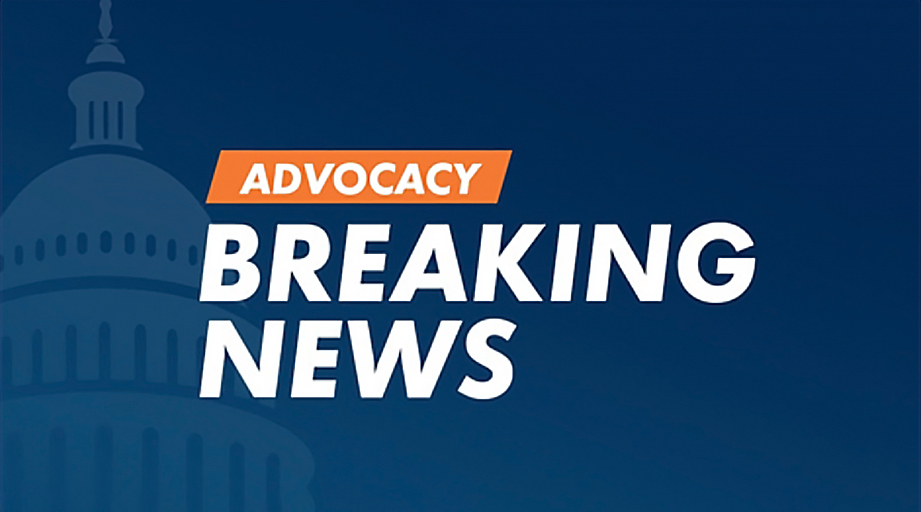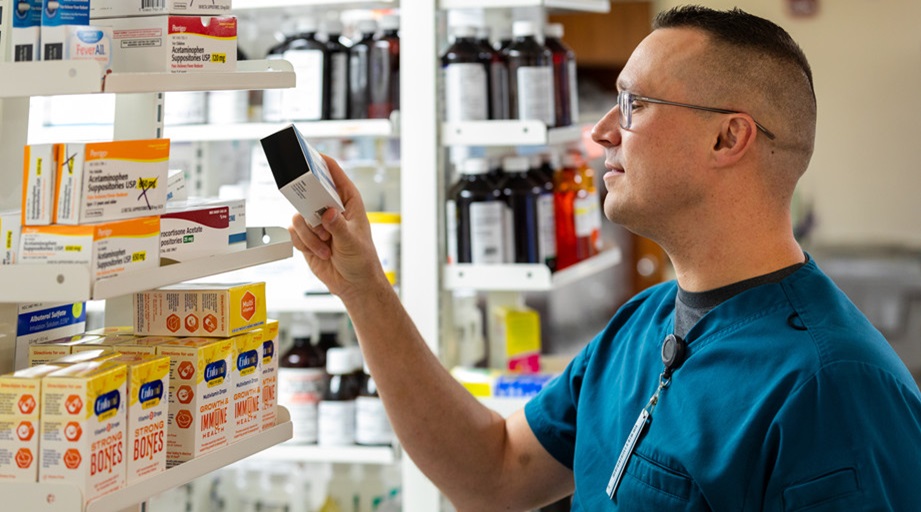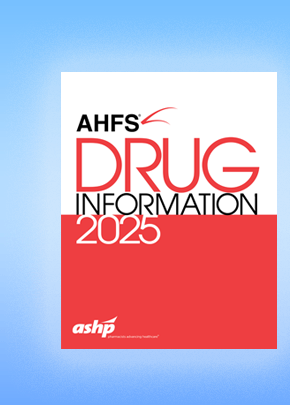
“I can’t say enough about the role of a pharmacist in this program,” a regional medical director of quality and clinical analysis told an audience on February 15 while describing Kaiser Permanente’s success at promoting safe and appropriate opioid prescribing.
Through the Safe and Appropriate Opioid Prescribing program, the 8-region integrated health system in 4 years reduced by nearly 40% the number of patients who were prescribed opioid dosages of 90 or more morphine milligram equivalents (MME) per day, reported Michael H. Kanter, the quality and clinical analysis medical director for Southern California Permanente Medical Group.
A 2016 guideline by the Centers for Disease Control and Prevention (CDC) recommends that primary care providers prescribe opioid dosages of less than 90 MME/day for the treatment of chronic pain.
Thomas Emmendorfer, deputy chief consultant for pharmacy benefits management services at the Department of Veterans Affairs, said pharmacists’ one-on-one education of prescribers contributed to the success of the federal group’s Opioid Safety Initiative.
He said the nationwide integrated health system, which operates 168 medical centers and more than 1,000 outpatient clinics, in 5 years reduced by 60% the number of veterans who were prescribed opioid dosages of 100 MME/day or more.
During that time, the number of veterans receiving prescriptions for an opioid and a benzodiazepine decreased by 70%, he also reported.
“We have specially trained pharmacists that go out and target higher-risk” prescribers for education on opioid safety, Emmendorfer said.
These pharmacists also target certain other prescribers for education on appropriate MME daily dose, opioid use disorder, or the Overdose Education and Naloxone Distribution program, he said.
As of the end of 2017, Emmendorfer reported, the pharmacists providing this one-on-one education, known as academic detailing, had made nearly 21,000 visits to opioid prescribers in the health system.
He said the Department of Veterans Affairs made “an investment” about 3 or 4 years ago in having pharmacists perform academic detailing. They now provide it throughout the health system, he said.
As part of Kaiser Permanente’s Safe and Appropriate Opioid Prescribing program, Kanter said, pharmacists have been reviewing all prescriptions for opioids in high dosages, opioids in quantities exceeding a set amount, and fentanyl for opioid-naive patients.
The pharmacists have also undertaken opioid-focused drug-use management activities and academic detailing, he said.
It was the pharmacists’ fentanyl prescription review project that Kanter highlighted in particular.
“They were stopping fentanyl [prescriptions] in opioid-naive patients and ... holding the line,” he said.
The labeling for fentanyl patches has stated since at least 2003 that all strengths of the transdermal system are for use only in opioid-tolerant patients, and the product’s boxed warning states that the product is contraindicated in patients who are not opioid tolerant, yet medical groups were still prescribing fentanyl patches for opioid-naive patients. A process improvement strategy at Kaiser Permanente Southern California brought that prescribing practice by the local medical group to a near end, a multidisciplinary team reported at the 2017 Pharmacy Quality Alliance annual meeting.
According to an abstract of the team’s poster presentation, the strategy included identifying the clinicians who prescribed fentanyl patches for opioid-naive patients, counseling those clinicians regarding the boxed warning, reinforcing the message, and placing alerts in the electronic medical record.
Emmendorfer and Kanter were 2 of the panelists for the session “Provider and Health System Approaches to Manage Opioid Access and Improve Patient Safety,” which was part of the public workshop “Strategies for Promoting the Safe Use and Appropriate Prescribing of Prescription Opioids,” organized by Duke University’s Margolis Center for Health Policy and held in Washington, D.C.
Kanter, colleagues, and members of the Division of Unintentional Injury Prevention at CDC reported on Kaiser Permanente Southern California’s program in the December 2017 issue of the Journal of Evaluation in Clinical Practice.
[This news story appears in the April 1, 2018, issue of AJHP.]









